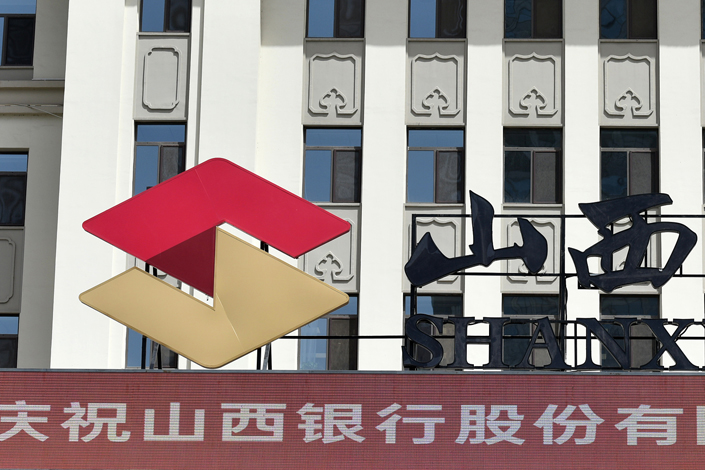China Merges Ailing Small Lenders to Head Off a Big Crisis

(Nikkei Asia) — The northern landlocked Chinese province of Shanxi marked the birth of a new bank formed through the merger of five regional lenders last month with the ceremonial unveiling of a new bank sign.
Shanxi Bank is capitalized at 24 billion yuan ($3.7 billion), making the institution the second-largest municipal commercial bank in China. The largest lender in that category, Sichuan Bank, was formed last November through the merger of two commercial banks in Sichuan Province.
The formation of Shanxi and Sichuan banks is part of China's push to combine struggling small lenders. The pandemic was the direct catalyst for their deteriorating earnings, but rural economies remain sluggish, with nonperforming loans weighing on their operations.
Spearheading these megamergers are local authorities. Shanxi Province raised 15.3 billion yuan from newly issued infrastructure bonds, and poured the funds into Shanxi Bank.
The northeast rust belt province of Liaoning is planning to form a mega-regional bank that will serve the entire province. The State Council's Financial Stability and Development Committee received a proposal from Liaoning to consolidate 12 out of 15 banks headquartered in the province.
The names of the banks included in the plan have not been disclosed, but the merger of the 12 smallest banks would give birth to a lender capitalized at over 1 trillion yuan.
Chinese agricultural banks, similar to credit banks for farmers, are reorganizing as well. Shaanxi Qinnong Rural Commercial Bank, headquartered in the inland city of Xi'an, will soon absorb two other agricultural lenders in the city.
Last year, after-tax profit declined between 14-15% at both municipal commercial banks and agricultural commercial banks, according to the China Banking and Insurance Regulatory Commission.
The coronavirus last year stalled all economic activity. The pain was felt especially by micro to midsized businesses, which form the main customer base for regional banks. That in turn put pressure on those banks' finances.
The post-pandemic economic reopening helped large lenders gain 3% in after-tax profit last year. Such banks count on state-owned enterprises as their main customers. The economic opening moved ahead in urban areas while rural regions lagged behind.
The rise of fintech has also put added pressure on regional banks to merge.
"Internet banks can easily take away the customer bases the smallest banks have worked so hard to cultivate," Zhang Xiaohui, dean of the People's Bank of China School of Finance at Tsinghua University, said in a lecture last year.
Financial regulators have supported regional banks in part by deferring debt payments. But loans given out in the past could turn into nonperforming debt. Authorities look to have banks write off bad debts at a faster pace, but building up debt provisions would weigh heavily on regional banks.
Regulators have been urging small to midsized banks to bulk up on capital, but investors are hesitant to fund institutions with weak operating bases. The capital ratio at major national banks improved by 1.7 points in the three years through March.
But for municipal commercial banks, the metric inched down 0.1 point over the same period. Rural commercial banks experienced a 1.3-point decline in their capital ratios. Because the small banks have limited fundraising capacity, local government largesse have become their last lifeline.
"Financial regulators should allow mergers of small banks so that they can pool their resources to improve their competitiveness within their respective regions," said Zhang.
This story was first published in Nikkei Asia.
Download our app to receive breaking news alerts and read the news on the go.
Get our weekly free Must-Read newsletter.

- MOST POPULAR





